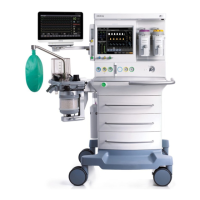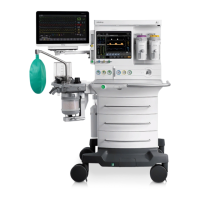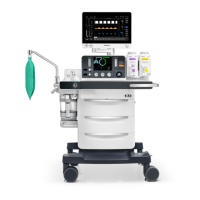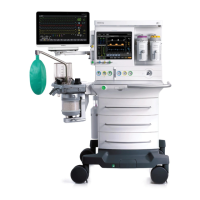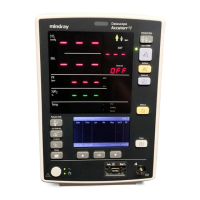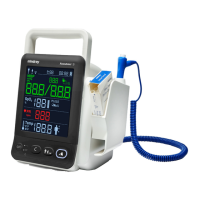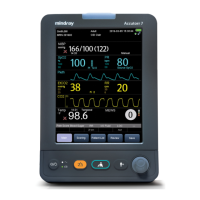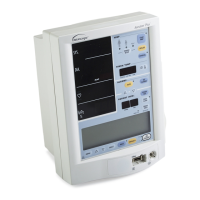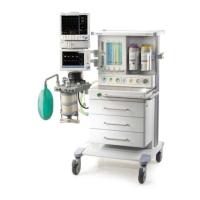1-5
Do not disassemble the low-pressure regulator, flow-metering device, or connector
while under pressure. Sudden release of pressure may cause injury.
Check the specifications of the AGSS processing system and the specifications of
the anesthesia system to ensure compatibility and to prevent a mismatched
processing system.
Avoid connecting two or more hose assemblies in series as this may cause a loss of
pressure and flow.
A hazard may exist due to the use of improper connectors. Ensure all assemblies
use the proper connectors.
Avoid replacing a high-pressure flexible connection with one of lower nominal inlet
pressure.
Reusing breathing circuits or reusable accessories that are not disinfected may
cause cross-contamination. Disinfect the breathing circuits and reusable
accessories before use.
Inspect all breathing system components carefully before each use. Ensure all
components contain no obstructions or debris that can cause a potential hazard to
the patient.
Use breathing circuits and manual bags in accordance with ASTM F1208 and
compatible with standard 22mm male conical fittings per ASTM specifications
F1054.
The mains plug is used to isolate the anesthesia system circuits electrically from the
supply mains. Do not place the anesthesia system to a place where it is difficult to
operate the plug.
Do not touch the patient when connecting external devices via the I/O signal ports
or replacing the oxygen cell to prevent patient leakage current from exceeding the
requirements specified by the standard.
If the Drive Gas Pressure Low alarm occurs when the gas supply pressure is
greater than 200 kPa (29 psi), contact your service personnel or Mindray.
Make sure that CO2 can be fully absorbed by the absorbent after the CO2
absorbent is replaced or a CO2 absorbent canister is installed.
Before moving the anesthesia system, remove the objects from the top shelf and
bracket to prevent the system from tilting.
AGSS is not recommended to be used when the breathing tubes between the waste
gas disposal system and AGSS get clogged, the extracted flow of the waste gas
disposal system is deficient or the waste gas disposal system fails to work properly,
as the waste gas in the AGSS may flow out to the atmosphere at a rate higher than
100 mL/min.
When anesthetic gas delivery equipment needs to be configured for the A8
anesthesia system, make sure to configure a monitor that is compliant with the ISO
80601-2-55 standard for monitoring the anesthetic gas concentration monitoring,
and make sure that the anesthetic gas concentration monitoring range of the
monitor can fully cover the adjustable range of values of the anesthetic gas delivery
equipment.
For A8 anesthesia system, when the Isoflurane anesthetic vaporizer is used,
confirm whether the set concentration of the vaporizer exceeds the monitorable
